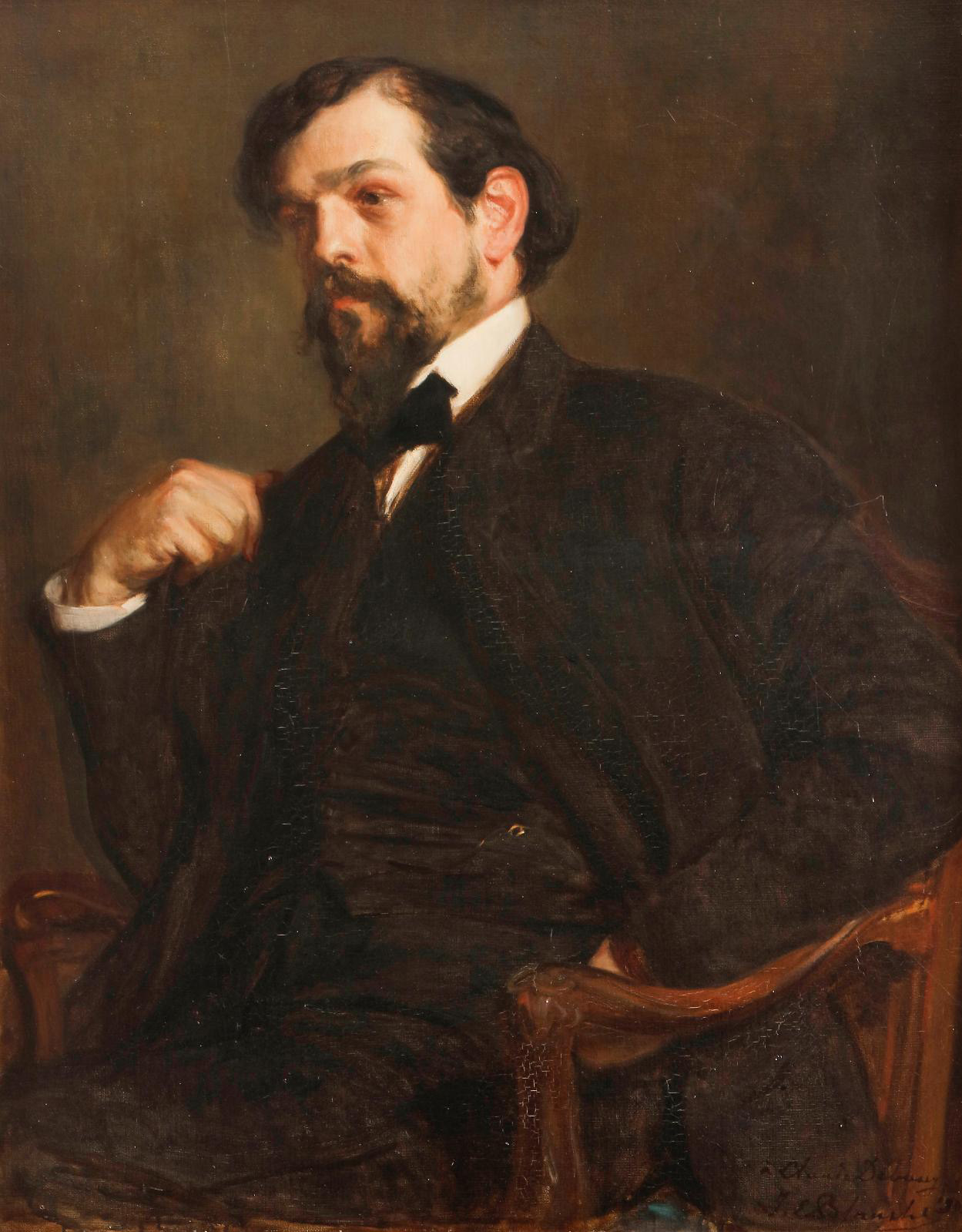Gottfrid Samuel Nikolaus Kallstenius (Nacka, 13 luglio 1861 - Nacka, 26 maggio 1943) è stato un pittore Svedese.
Gottfrid Kallstenius è nato a Västervik, in Svezia. Suo fratello Evald Gustaf Götrik Kallstenius (nato nel 1868) era un zoologo e membro della sfortunata spedizione Björling–Kallstenius.
Dopo gli studi preparatori con Edvard Perséus, fu ammesso alla Royal Swedish Academy of Fine Arts nel 1884 e si laureò nel 1888, dopo aver ricevuto due medaglie per il suo lavoro.
Nel 1891 sposò la pittrice Gerda Roosval. Poco dopo gli fu assegnata una borsa di studio di viaggio e trascorsero un'estate a Parigi, completando i loro studi.











.jpg)
.jpg)

